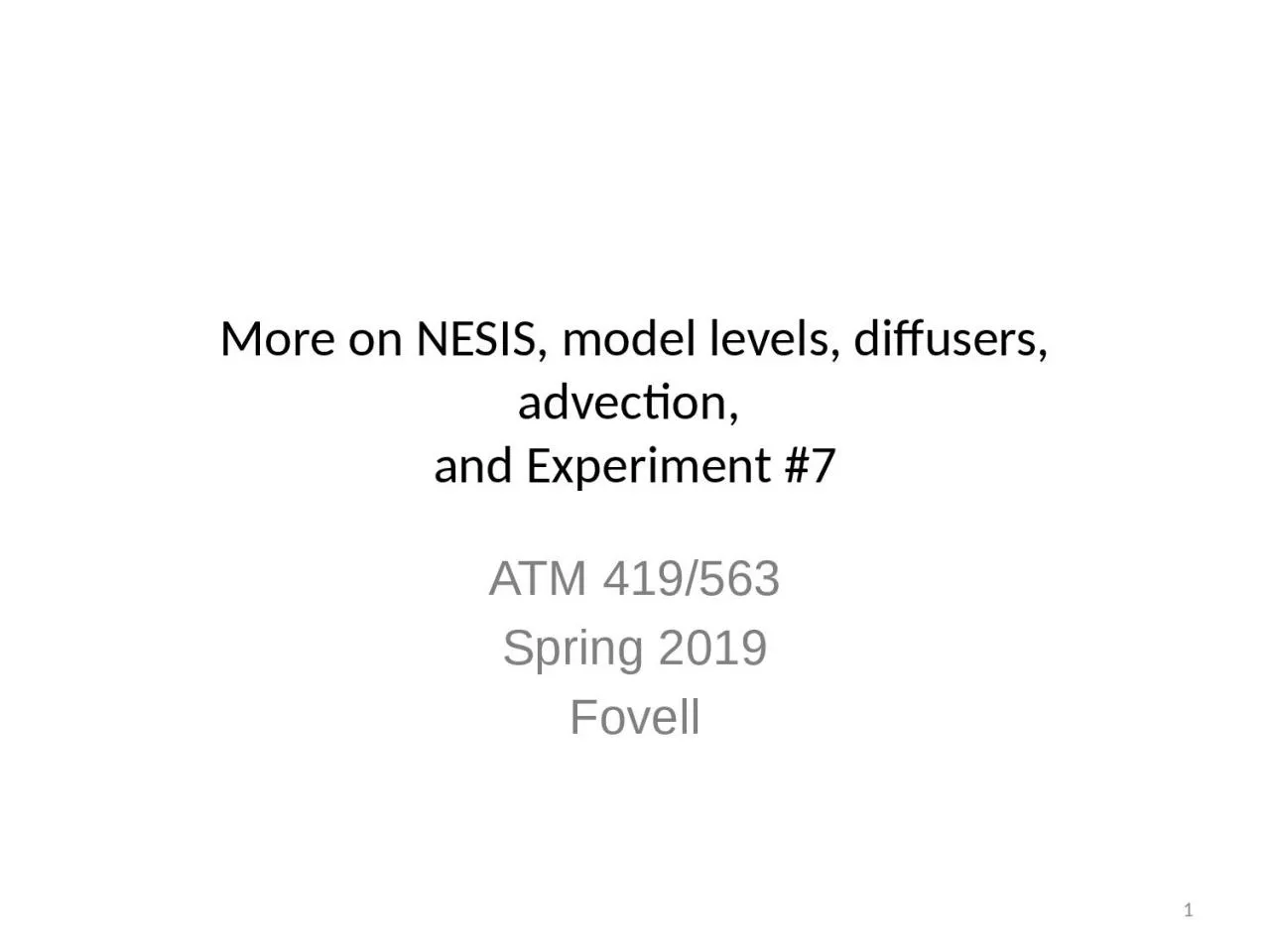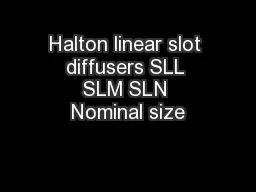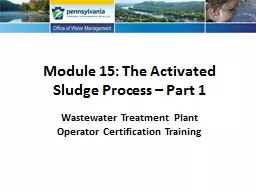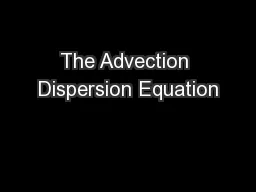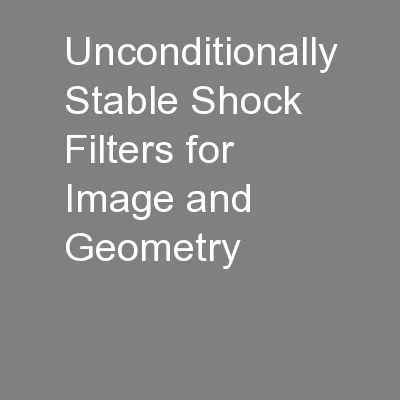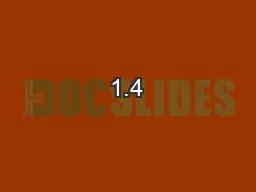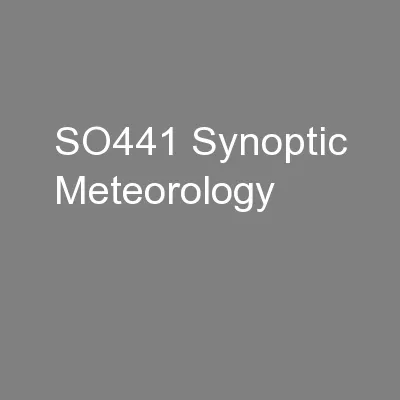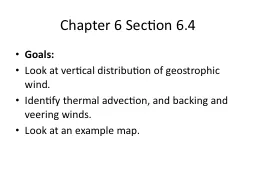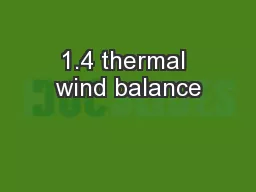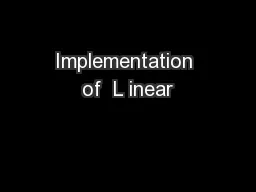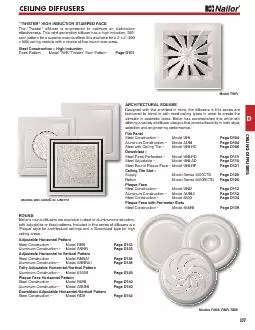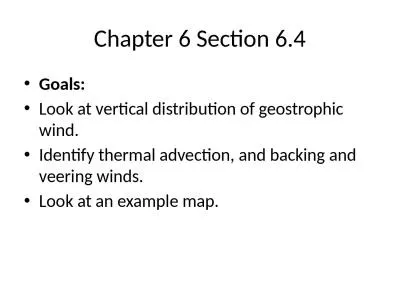PPT-More on NESIS, model levels, diffusers, advection,
Author : walsh | Published Date : 2023-06-23
and Experiment 7 ATM 419563 Spring 2019 Fovell 1 Outline More information on NESIS Methods of estimating snow depths from model outputs Initializing WRF with the
Presentation Embed Code
Download Presentation
Download Presentation The PPT/PDF document "More on NESIS, model levels, diffusers, ..." is the property of its rightful owner. Permission is granted to download and print the materials on this website for personal, non-commercial use only, and to display it on your personal computer provided you do not modify the materials and that you retain all copyright notices contained in the materials. By downloading content from our website, you accept the terms of this agreement.
More on NESIS, model levels, diffusers, advection,: Transcript
Download Rules Of Document
"More on NESIS, model levels, diffusers, advection,"The content belongs to its owner. You may download and print it for personal use, without modification, and keep all copyright notices. By downloading, you agree to these terms.
Related Documents

